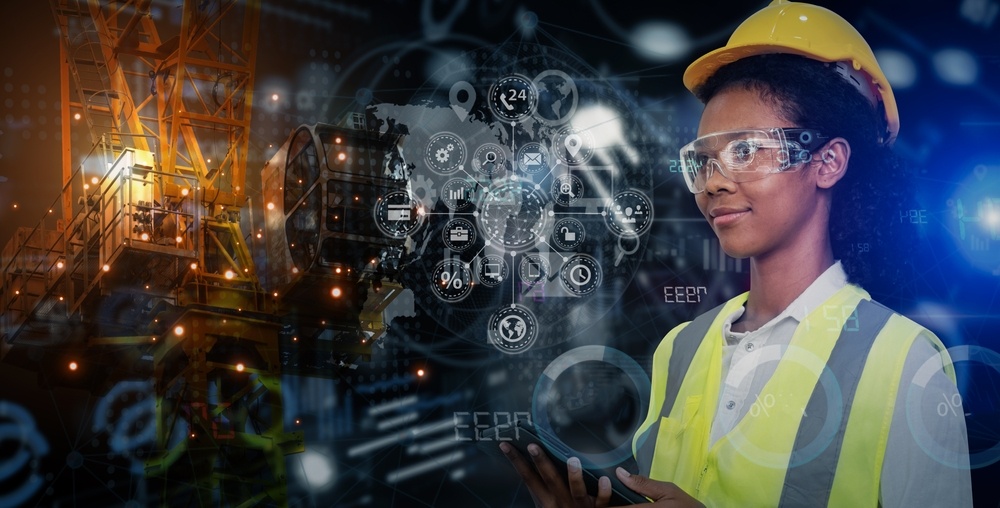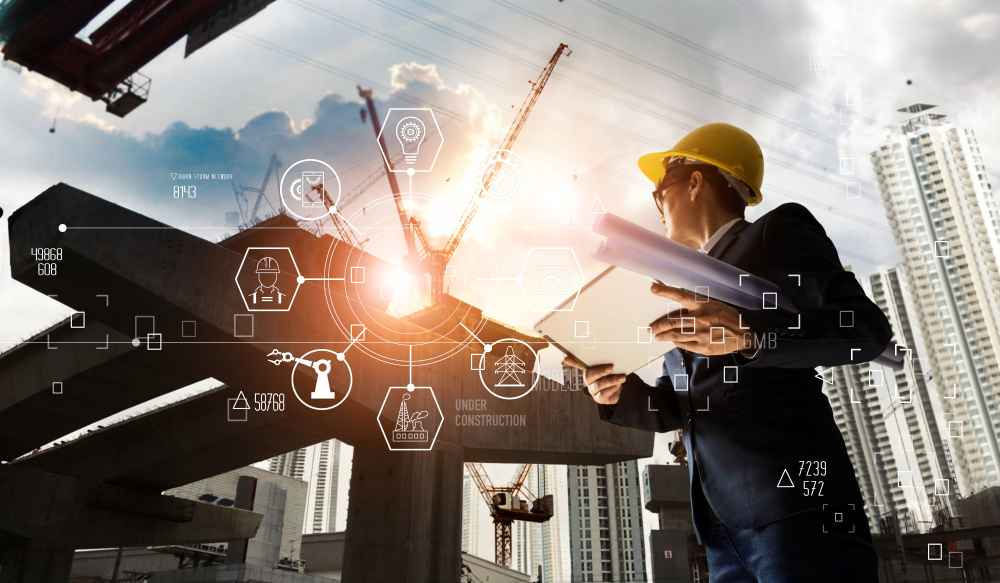
The construction industry, traditionally reliant on manual labor and human expertise, is undergoing a transformation with the advent of Artificial Intelligence (AI). AI offers significant benefits, including increased efficiency, enhanced safety, and better project management. However, its application is not universally beneficial or appropriate in all scenarios. Understanding when to use and when to avoid AI in construction is crucial for maximizing its advantages while minimizing potential drawbacks.
When to Use AI in Construction
- Project Planning and Design Optimization
- Building Information Modeling (BIM): AI-powered BIM tools can optimize design by predicting potential issues and suggesting improvements. They can simulate various scenarios, helping architects and engineers create more efficient and sustainable designs.
- Scheduling: AI can analyze vast amounts of data to predict project timelines more accurately, identifying potential delays and suggesting adjustments to keep projects on track.
- Resource Management
- Supply Chain Optimization: AI can forecast demand for materials, manage inventory, and optimize supply chain logistics, reducing waste and ensuring timely availability of resources.
- Labor Allocation: AI algorithms can predict labor needs based on project progress and allocate workers more efficiently, balancing workloads and reducing downtime.
- Safety and Risk Management
- Predictive Maintenance: AI can predict equipment failures before they occur, allowing for proactive maintenance that reduces downtime and prevents accidents.
- Safety Monitoring: AI-powered cameras and sensors can monitor construction sites in real-time, identifying potential hazards and ensuring compliance with safety regulations.
- Quality Control and Inspection
- Automated Inspections: Drones and AI-driven image recognition can inspect construction sites and structures for defects or deviations from the design, ensuring higher quality and reducing rework.
- Data Analysis: AI can analyze data from various sources to detect patterns that indicate quality issues, enabling early intervention and correction.
- Cost Management
- Budget Forecasting: AI can analyze past projects and current market conditions to provide more accurate budget forecasts, helping to control costs and avoid overruns.
- Expense Tracking: AI tools can monitor expenses in real-time, identifying cost-saving opportunities and preventing overspending.
When Not to Use AI in Construction
- Creative and Complex Problem-Solving
- Design Innovation: While AI can optimize and suggest improvements, the creative process of architectural design often requires human intuition and creativity that AI currently cannot replicate.
- Unique Projects: Projects with unique challenges and unprecedented conditions may require human ingenuity and adaptive thinking that AI lacks.
- Human-Centric Tasks
- Client Interaction: Building relationships and understanding client needs involves empathy and emotional intelligence, areas where AI still falls short.
- Team Leadership: Effective leadership and team motivation depend on human interaction and understanding, which AI cannot adequately provide.
- Ethical and Compliance Considerations
- Decision Accountability: In scenarios requiring accountability, such as making decisions with significant ethical or legal implications, human judgment is essential.
- Privacy Concerns: The use of AI in monitoring workers can raise privacy issues, making it important to balance technological benefits with respect for personal privacy.
- Unstructured Environments
- Dynamic Sites: Construction sites are often dynamic and unstructured environments where unpredictable variables come into play. AI systems can struggle with the adaptability required to handle such conditions effectively.
- Non-standard Tasks: Tasks that do not fit into standard patterns or require on-the-spot adjustments are better managed by human workers who can think and act flexibly.
Conclusion
AI holds immense potential for revolutionizing the construction industry by enhancing efficiency, safety, and cost-effectiveness. However, its application should be strategic, recognizing the areas where human expertise, creativity, and judgment are irreplaceable. By understanding when to use and when to avoid AI, construction professionals can leverage its strengths while maintaining the critical human elements that drive innovation and success in the industry.

The Construction Industry Labor Update
The pandemic has contributed significantly to labor shortages seen throughout the construction industry. While recent steps have been taken to try...
1 min read
Best practices when filing a business interruption claim
Many companies, especially those that operate in areas prone to natural disasters, should consider business interruption insurance. Unlike a...
